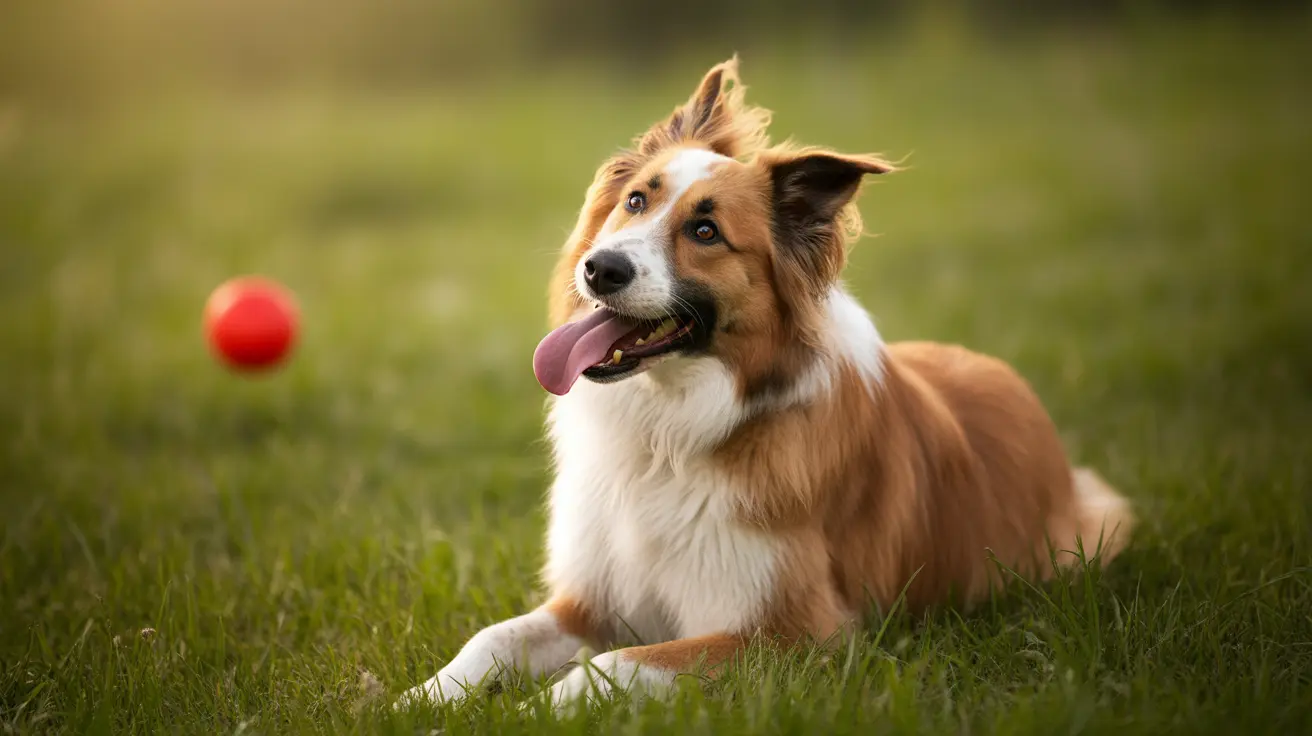What Makes Teaching a Dog to 'Sit' Challenging?
When it comes to obedience training, the 'sit' command is typically one of the first behaviors introduced to a dog. While many believe it to be simple, achieving consistent and reliable obedience to this cue across various settings requires patience, technique, and consistent reinforcement. Here's a comprehensive look at the process, challenges, and effective methods involved in teaching a dog to sit.
1. Lure and Reward Method
This classic technique involves guiding the dog into a sitting position using a treat.
- Start with the dog standing. Hold a treat near the dog’s nose.
- Move the treat slowly over the dog’s head toward the tail. As the head lifts, the rear lowers.
- As soon as the dog’s rear touches the ground, mark the behavior with praise or a click, then deliver the treat.
- Repeat in short, positive training sessions throughout the day.
- Once the behavior is consistent, introduce the verbal cue 'sit' and a hand signal paired with it.
- Incorporate a release phrase like 'okay' to let the dog know when the sit is complete.
2. Building the 3 Ds: Duration, Distance, and Distraction
For a dog to reliably maintain the sit position, it needs to practice:
- Duration: Increase how long the dog holds the sit before being released.
- Distance: Step away from the dog while it remains seated, gradually increasing space.
- Distraction: Add environmental variables like noises and movement to test focus.
If the dog struggles with any of these, reduce the level and progress more slowly.
3. Capturing and Shaping Techniques
- Capturing: Mark and reward naturally occurring sits as they happen in daily life.
- Shaping: Use gradual steps to build a sit, especially useful when transitioning from a down position.
4. Visual and Verbal Cues
Some dogs respond more strongly to body language than to vocal commands. Practice each separately to ensure comprehension:
- Give the verbal cue without moving and observe the reaction.
- Train the dog to understand hand signals and voice independently.
5. Reinforcement in Daily Life
Use the sit command in real-life scenarios:
- Before feeding.
- At street corners for safety.
- When greeting visitors—prevents jumping.
- At doorways to avoid running out.
- As a “default behavior” when the dog wants attention.
6. Alternatives to Food Lures
If your dog isn't food-motivated or you want to diversify training methods, consider:
- Games as rewards.
- Crate training and environmental management.
- Free shaping by waiting for the desired behavior and rewarding it.
- Targeting objects such as mats or platforms to cue a sit.
7. Common Troubleshooting Tips
- Avoid physically manipulating the dog into a sit—it may cause discomfort or confusion.
- If the dog breaks the sit early, lower the challenge level and increase rewards.
- Adapt to the dog’s strengths, whether they learn better through sight, touch, or scent.
8. General Training Principles
- Begin in a quiet, distraction-free environment.
- Use short, frequent, and fun training sessions.
- Use part of the dog's regular meals as training treats.
- Generalize the behavior to multiple environments and contexts.
- Understand that behavioral setbacks are part of the learning process.
9. Why the Sit Command Matters
Sit is not just a trick—it’s a powerful tool for managing behavior, enhancing safety, and improving the dog-owner relationship. It prevents pulling, jumping, and dashing into dangerous situations. A reliable sit can make daily life with a dog more enjoyable and manageable.
In short, while teaching 'sit' might seem easy at first glance, its complexity lies in refining and generalizing the behavior to ensure reliability under various conditions. Dedication, understanding, and proper technique are crucial for success.





